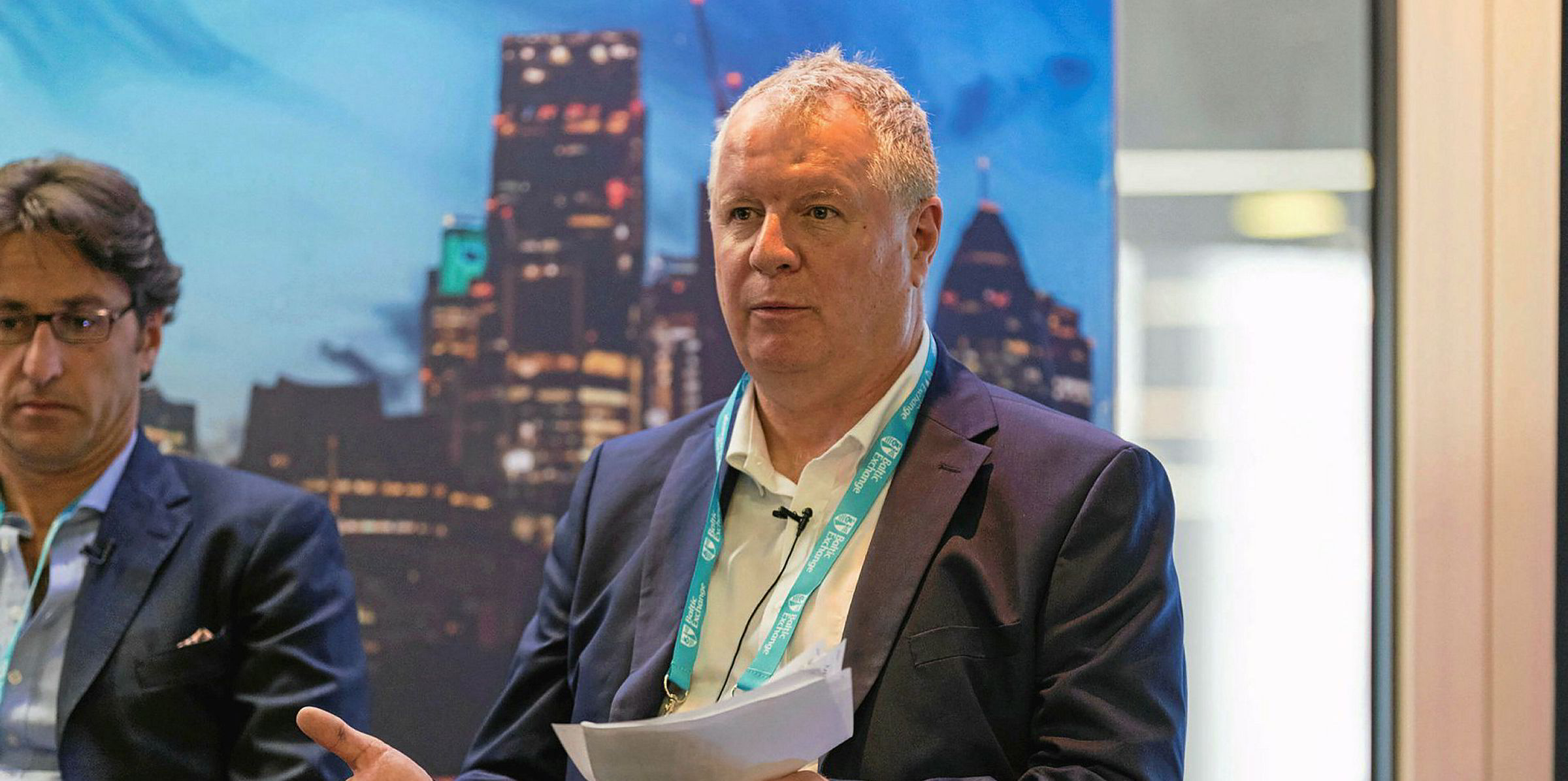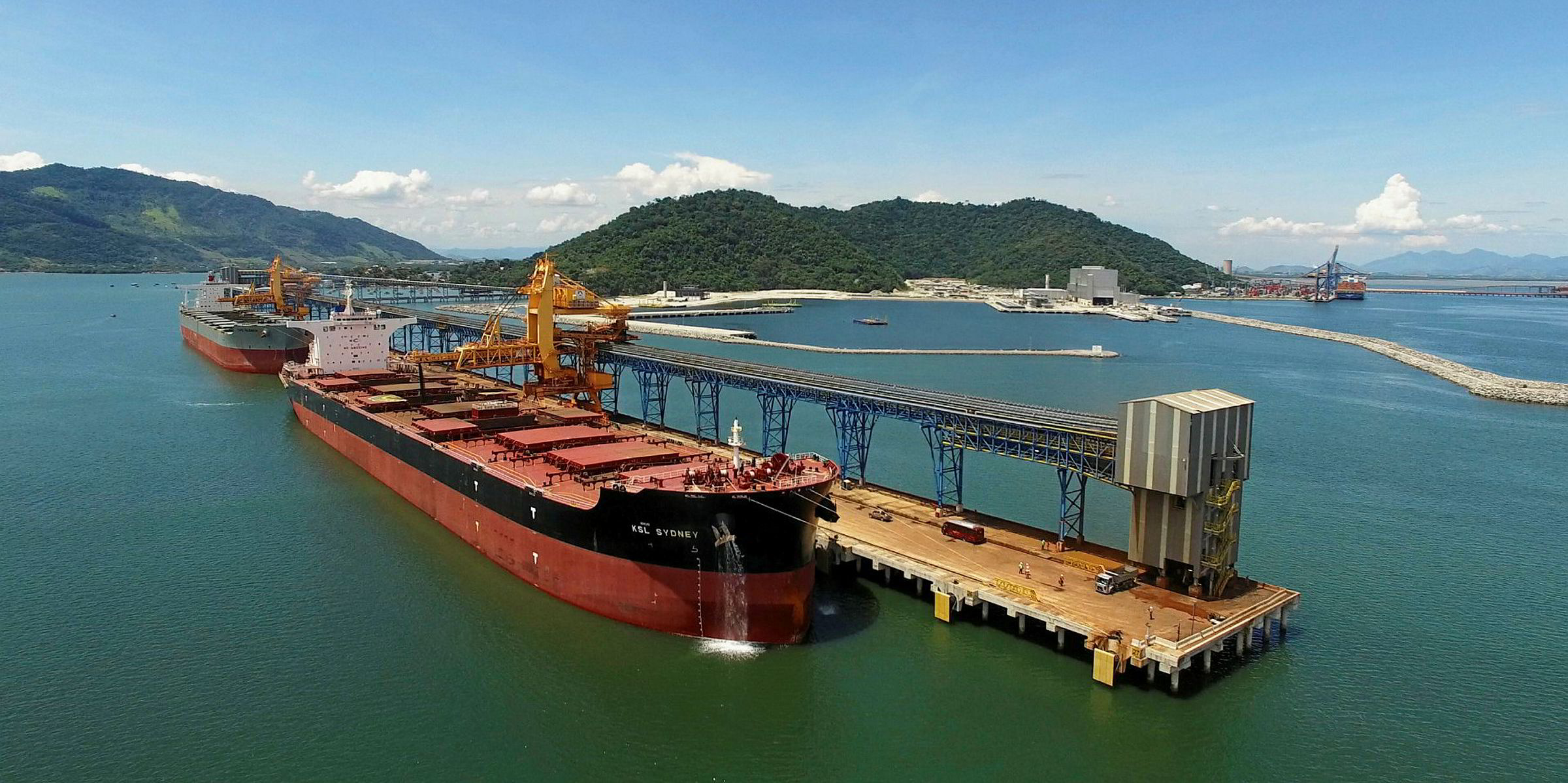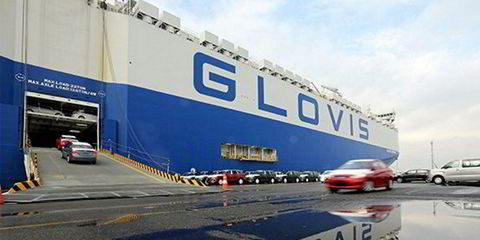The dry freight derivatives market is approaching near record levels.
The market has witnessed massive growth with 2m lots expected to be traded this year, said Freight Investor Services (FIS) managing director John Banaszkiewicz.
Dry forward freight agreement (FFA) volumes would then be just one-fifth below their all-time highs in 2008, he told a Baltic Exchange webinar.
Year-on-year volumes for FFA's to date have risen 16% for capes, 11% for panamax, 44% for supramax and 25% for options.
That amounts to an annualised market figure of roughly 2m lots, or about 4bn tonnes, he said.
It compares with the peak of the FFA market in 2008 with 2.4m lots.
"We're only 20% away from the peak of the market in 2008, which forced the market to adopt FFA's because of all the defaults and crazy things going on in those days," said Banaszkiewicz.
Volatility
Banaszkiewicz, who is head of the dry FFA Brokers Association (FFABA), said brokers had been "instrumental in getting new players in the market," he said.
That included new players from the financial sector as well as iron-ore traders.
But he acknowledged that the increase in FFA volumes had been driven by the extraordinary volatility in the dry bulk market.
That was particularly strong in the capesize sector where rates rocketed from $1,992 per day on 14 May to $32,682 per day on 3 July, according to the Baltic Capesize Index.
One of the biggest factors driving that increase has been the increase of iron ore exports from South America.
That had led to an increasing number of iron ore players starting to use FFA's, said Banaszkiewicz.
Certain routes are performing particularly strong.
The volume on the capesize route from West Australia to Qingdao had risen to 25m tonnes, up 60% from a year ago.
Anthony Humberston, senior freight analyst with Oldendorff Carriers, attributed the increase in dry FFA volumes to the increased risk in an era of Covid-19, trade wars and low freight rates.
"The whole point of the FFA market is to hedge risk, and there was a lot more risk turning up," he said.
Daily FFA volumes and open interest peaked this year at 65,336 lots on 22 June, according to Baltic Exchange estimates
That is believed to be its highest daily trading volume since 2008.







